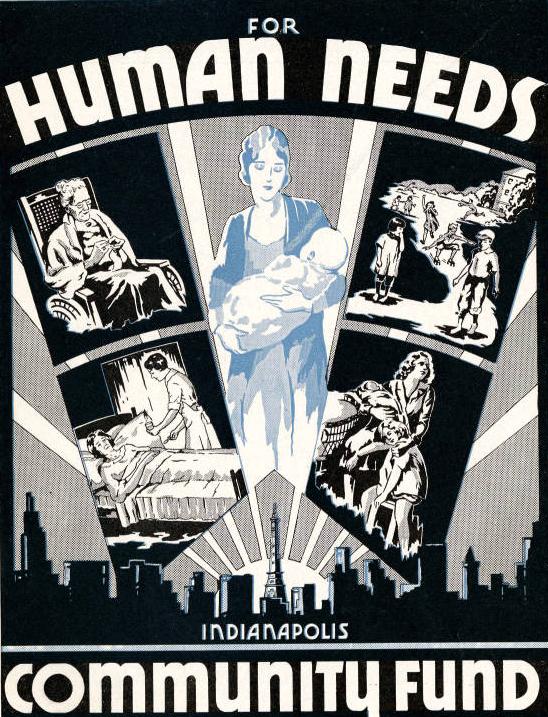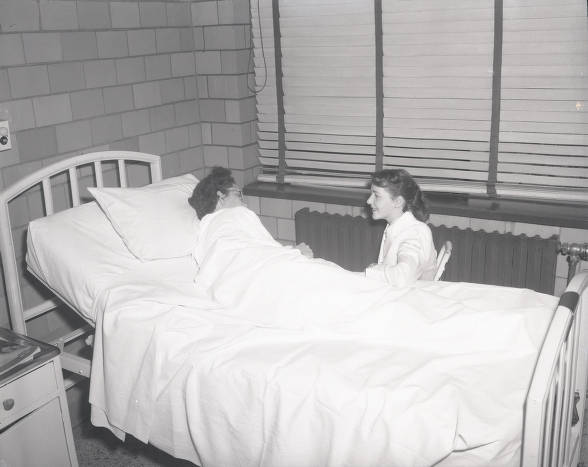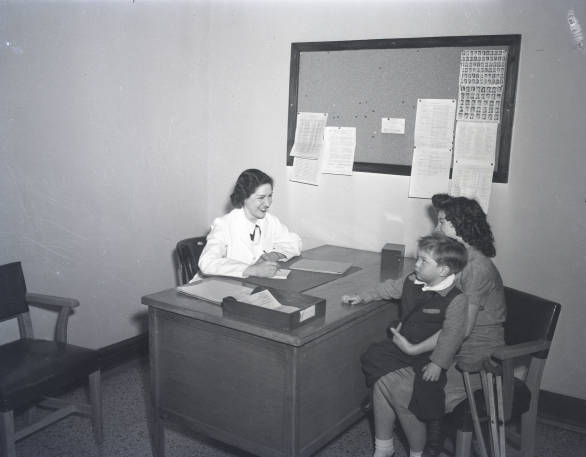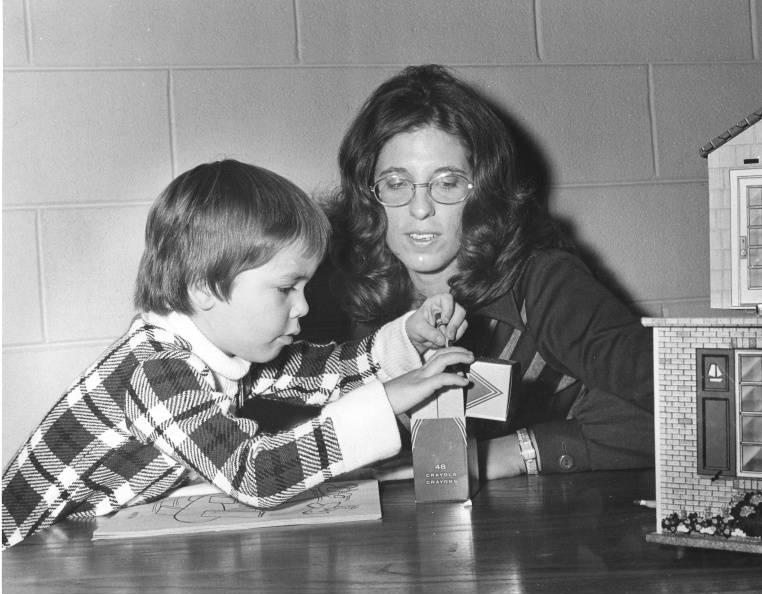Social work in the 19th century was generally a volunteer activity, carried out through informal networks and the Indianapolis Benevolent Society. Neighborhood benevolence formed the core of social services.

The Emergency of Formal Training, 1890s-1900s
In Indianapolis, formal and extensive training in social work began in 1890, earlier than in most cities, although many historians credit the New York Charity Organization Society’s practitioner training, its Summer School of Applied Philanthropy (1898), as forming first. The Indianapolis Charity Organization Society (COS, today ) created a formal lecture series in practical sociology when Alexander Johnson, newly arrived in Indiana from Chicago’s COS, taught the first 10-part “Study Class in Social Science in the Department of Charity” at . The training program produced several of the first executives and supervisors for the city’s social work agencies.
Another early training program occurred at , a college settlement house established in 1905 and originally affiliated with The Indianapolis Social Workers Club organized in 1909 as a forum to allow staff and board members of social agencies to present their developing programs, exchange ideas, and discuss solutions to social problems.
The Christamore House along with the Indianapolis Charity Organization Society illustrate how social work’s foundations are rooted in late 19th century charity organization societies and settlement houses. Two women in particular represent the national ideologies and practices of these interrelated social movements. The Baltimore COS’s Mary Richmond, the most influential social work practitioner, writer, and teacher of her time, published texts that remain the basis for social work curricula today. Jane Addams, the most famous settlement house leader, cofounded Hull House in Chicago and became widely recognized for her expertise and influence on social issues. These two responses in the long-term trajectory of poverty relief allow us to appreciate how institution building and specialization impacted community members who needed assistance, which in turn led to the formation of the IU Social Service Department.

Functional specialization began in social work early in the 20th century. Hospital or medical social work and family social work initially dominated the field. Medical social work developed early because data compiled by charity organization societies had demonstrated convincingly that illness led to unemployment and poverty. and hospitals accordingly faced increasing demand for services without the ability to assist clients with long-term recovery after medical treatment was completed.
Professionalization, 1910s-1950s

In 1911, Indiana University (IU) established its Department of Social Service in Indianapolis. It is the oldest professional school of social service in the United States to have begun and continuously function as part of a university. Dr. served as the school’s first director. Henry built the Social Service Department on organized charity principles: prevention of future illness through patient education, research and data collection to end illness and poverty, and the education of doctors, social work professionals, and “all persons interested in social conditions.” The school also spurred many theses on Indianapolis social work and social conditions in the early part of the 20th century, thus making them valuable for insights into social problems in these decades.
During the Great Depression, a special session of the Indiana General Assembly in 1936 established employment security and public welfare programs. The newly created State Department of Public Welfare (today the Department of Child Services plus the Indiana Family and Social Services Administration) coordinated statewide program offices. The increase in services and the advent of a central coordinating agency significantly increased the need for trained social workers and the demands upon the IU social services training program.

In Indianapolis, and across Indiana, demand for trained social service staff grew at such a pace during and after World War II that many persons were offered positions even before finishing their course of professional study. The war had taken many trained professionals from social service agencies in Indianapolis and had reduced enrollment in the IU training program to two full-time and a few part-time students. Federal spending, coupled with New Deal programs already underway, allowed social work to move away from direct relief and back toward building character and family life. To bolster the home front, therefore, social service agencies and community funds returned to counseling and casework for all families regardless of socioeconomic status.
The Indianapolis Community Fund () and the Indiana Department of Social Services responded by developing and funding a graduate study plan. The plan called for the training of resident students in Marion County on the condition that they remain in the community and accept any offer of employment by the Community Fund. By 1950, Indianapolis was known for its well-developed social services in the city school system (See ).
The War on Poverty and Beyond, 1960s-
During the 1960s—stimulated by social change and activism, federal efforts such as the War on Poverty, and amendments to the Social Security Act that increased service delivery in public welfare—the need for social work specialists increased again. Between the mid-1960s and mid-1970s, President Johnson’s Great Society programs caused federal participation in nonprofits to increase dramatically. Medicare, Medicaid, the Community Action Program, and amendments to Social Security for health and human services, when taken together, profoundly affected the relationships among federal and state governments and nonprofits. The IU school grew and at the end of the decade became part of . The school reintroduced a baccalaureate program that developed into an accredited undergraduate program beginning in 1974. Throughout the 1980s the IU School of Social Work intentionally broadened its scope to encompass research, publications, and a new doctoral program in 1994.

Social work today encompasses many practice settings that include family and children’s services, mental health, the workplace, developmental disability, addiction prevention and treatment, the elderly, and medicine. The IU School of Social Work operates on seven IU campuses and online, with degree programs spanning BSW, MSW, PhD, certificates, and continuing education. The BSW and MSW programs have multiple concentrations to reflect the field’s specialization. The school absorbed the Labor Studies program in 2007 and continues to offer associates, bachelor’s, and certificates in Labor Studies.
Social services today encompass vocational rehabilitation, individual and family services, child-care services, and emergency disaster relief. Social workers undergird this pastiche of programs that support communities by meeting basic needs, helping the unemployed and underemployed secure and retain jobs, and maintaining standards of living.

Help improve this entry
Contribute information, offer corrections, suggest images.
You can also recommend new entries related to this topic.